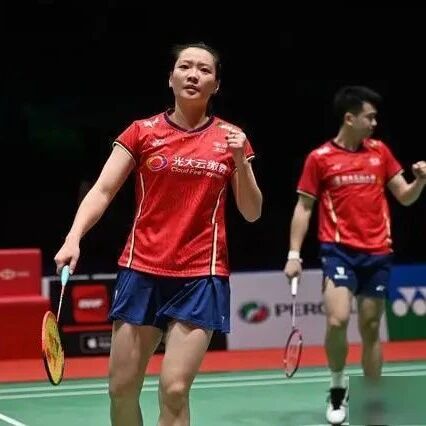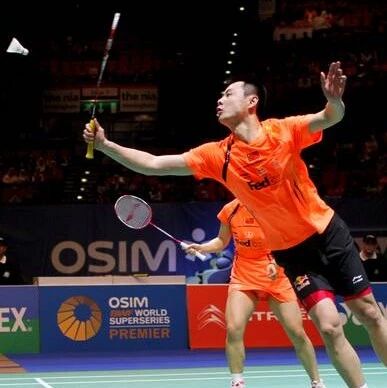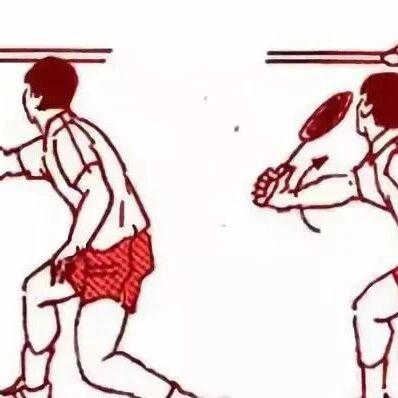If you want to quickly improve your badminton skills, you must ditch these 5 bad habits!
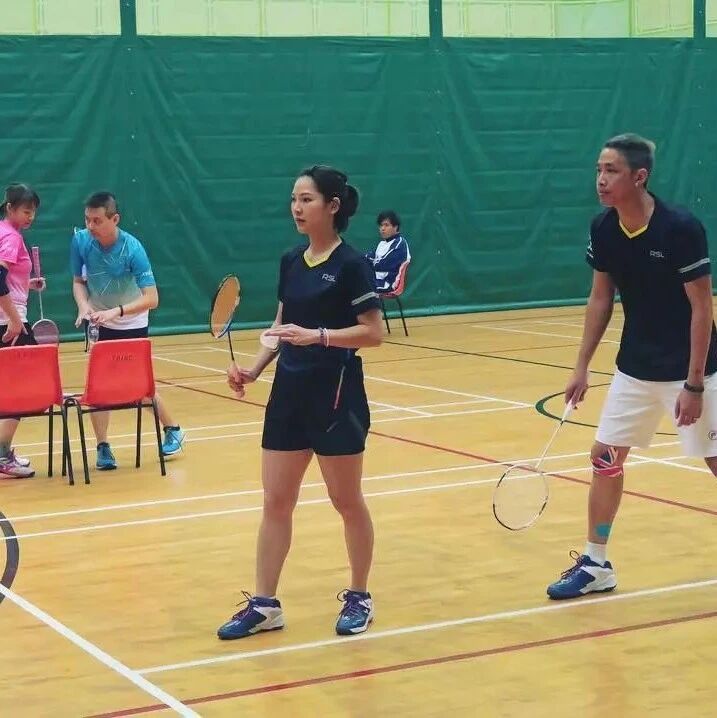


When playing, it’s important to have a clear purpose—like preparing for a drop shot or a quick push after executing a cross-court shot. Or perhaps, after a delicate net play, immediately shifting your focus to the backcourt for a powerful smash while still keeping an eye on the net. Alternatively, you could use a high, long shot to stretch your opponent wide, then follow up with a deceptive feint to change the trajectory of the ball and set yourself up for a decisive smash. Above all, stay proactive: think ahead about how to smoothly transition into your next shot, rather than waiting for your opponent to return before deciding how to respond.
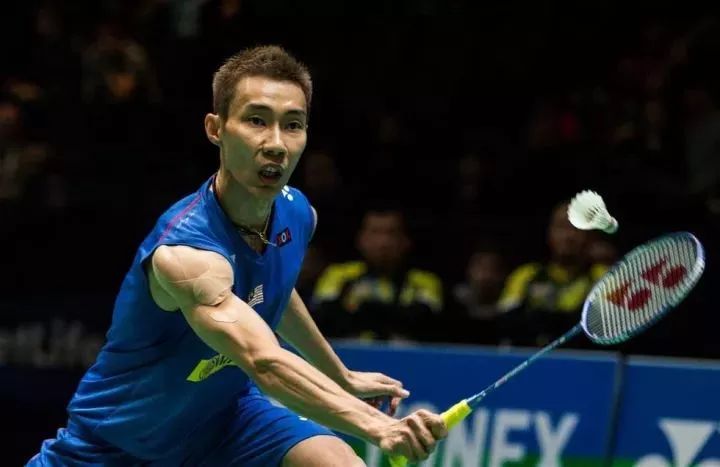
Many amateur players love aiming for fast and precise smashes, but without systematic training, it’s often difficult for them to execute such shots effectively. So instead of focusing solely on how to smash the ball, it’s better to pay attention to your opponent’s positioning—and target their open spaces.
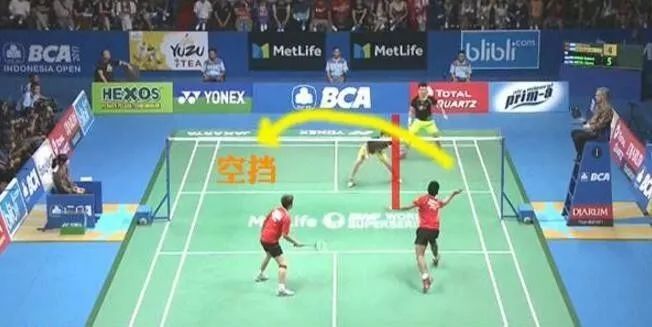
Actually, a controlled, weighted shot is often more effective than a power-driven one. Additionally, vary the rhythm of your smashes—alternating between light, precise shots and powerful, decisive strikes. Against opponents of similar skill level, it’s usually possible for them to return one or two of your smashes in quick succession, but it’s rarely easy to finish the point in just one hit. So, don’t go all-out with your first smash; instead, follow up with a smooth, connected second shot—and then deliver that killer blow when the moment is right.
If the opponent lifts the net shot too high, you might feel tempted to rush in for a quick smash—only to end up hitting it out or into the net! In fact, the chances of that happening are pretty high. When the ball rises high, your opponent naturally starts feeling pressured. For amateur players, a gentle drop shot is often all it takes. Stay calm and composed—don’t let their nervousness throw you off balance—and keep pushing forward with controlled net play to keep them on the defensive.
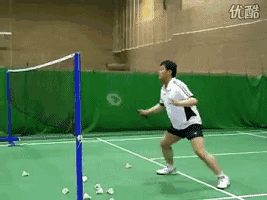
There are two additional reasons why the net shot went in. First, when attempting the smash, the racket didn’t execute a smooth, sideways brushing motion—more like "painting" the ball. Second, when confronted with the opponent’s delicate chop, the player hesitated and failed to commit decisively to the shot. As a result, the opportunity to hit the ball at its highest point was lost, making it no surprise that the shot ended up hitting the net.
Many golfers, after hitting a high-quality shot, instinctively stand still, convinced their opponent can’t possibly return it!
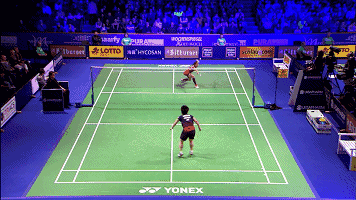
But often, things don’t go as planned—you’ll find that your assumptions were wrong! After hitting the ball, no matter whether your opponent can return it or not, the most important thing to do is take advantage of the time while the ball is flying over the net to move into the right position and get ready for the next shot.
Many badminton players, when receiving a flat drop shot, fail to lower their center of gravity—they keep their backs straight and try to meet the shuttlecock head-on. This often gives their opponents the perfect opportunity to attack relentlessly. Especially taller players should focus on lowering their center of gravity to effectively handle flat drop shots.
Also, when playing a flat drive shot, pay close attention to the return trajectory. If you find yourself on the defensive, make sure to quickly adjust after two shots by changing the direction of your return. On the offensive side, don’t always force a powerful smash—instead, occasionally play a soft drop shot to disrupt your opponent’s rhythm. This approach often forces them to lob, creating an opening for your teammate to deliver a decisive attack later on.


